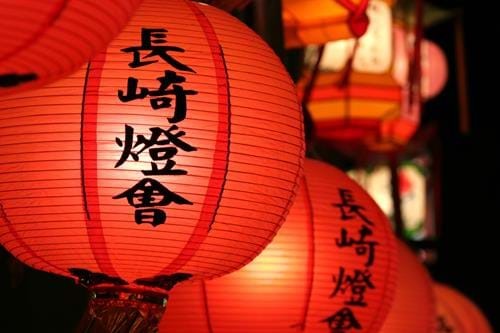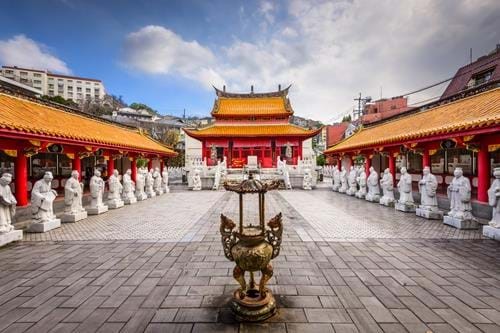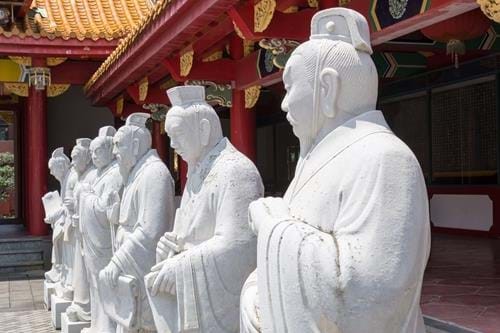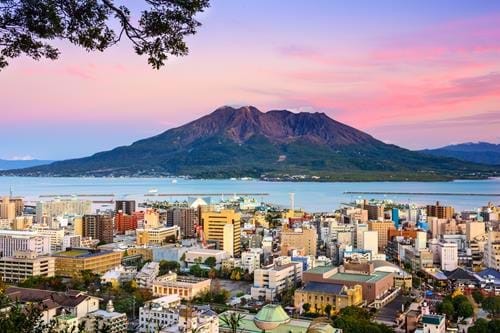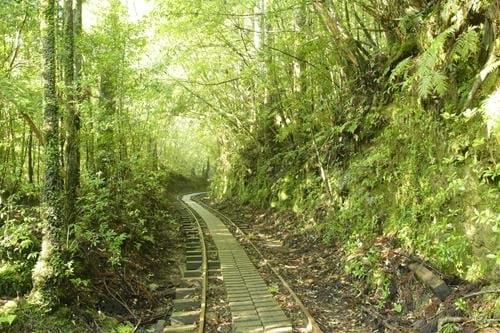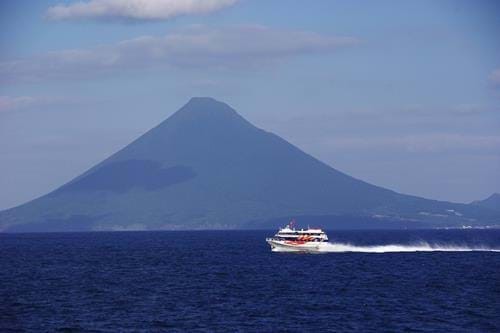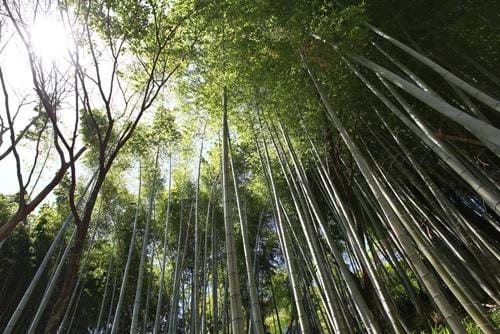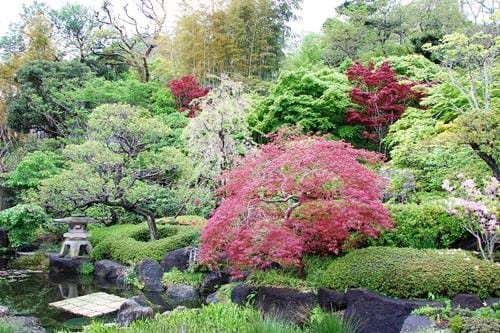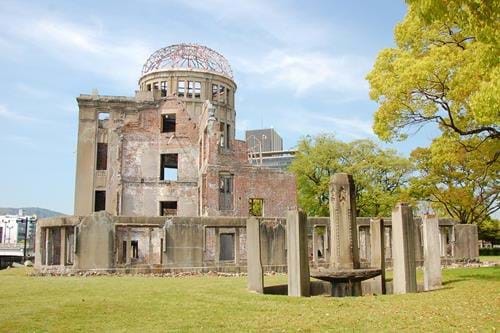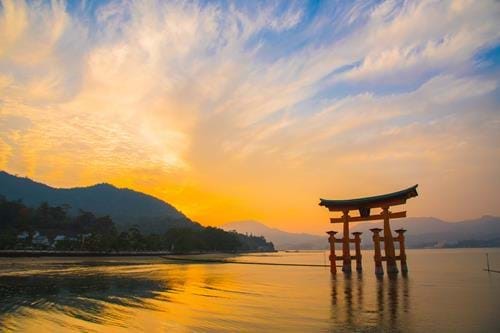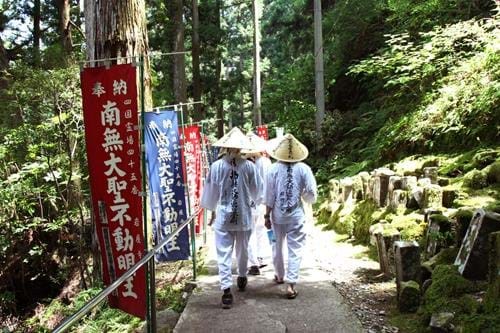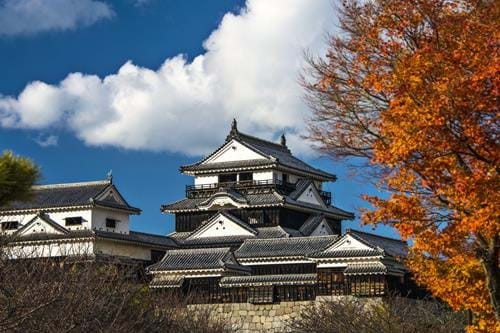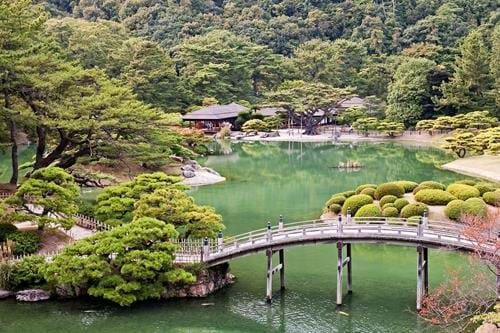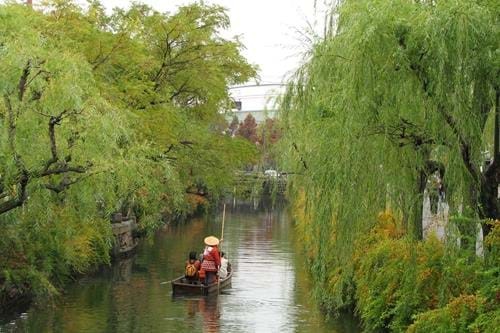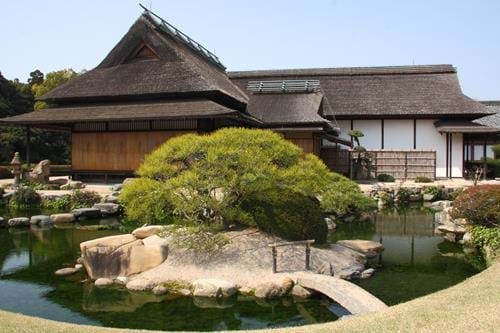Tailor-Made Tour
- Duration18 Days
- Flights IncludedYes
- Prices From £ 7650
 Places Visited :
Fukuoka, Nagasaki, Kagoshima, Yakushima, Myoken Onsen, Kumamoto, Hiroshima, Matsuyama, Takamatsu, Okayama, Osaka
Places Visited :
Fukuoka, Nagasaki, Kagoshima, Yakushima, Myoken Onsen, Kumamoto, Hiroshima, Matsuyama, Takamatsu, Okayama, Osaka
Experience the dramatic landscapes and charismatic coastal cities of southern Japan on this varied 18-day tour. After landing in Kyushu’s largest city (famed for its delicious noodle soup – ‘ramen’) you’ll explore the awesome volcanic uplands of the island’s heartland, dominated by the profile of the world’s largest caldera – Mt Aso – and discover vestiges of the country’s first ever contact with European traders at Nagasaki. Gardening enthusiasts will be enthralled by the two ‘Great Gardens’ featured on this itinerary – at Okayama and Takamatsu – as well as by the dense, deciduous forests of Shikoku’s undisturbed interior. Culturally diverse, full of historical interest and boasting some of Asia’s most inspiring scenery, this route showcases the best that southern Japan has to offer.
Remember, this trip can be personalised to suit your travel needs - we can tailor everything from hotel, travel type, duration and more.

